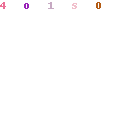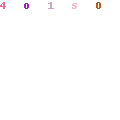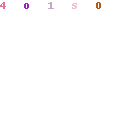 For my first winemaking effort since moving to the Oregon coast, I decided to make an apple wine. Actually, I had planned to make apple hard cider after being inspired by the wonderful things our local cider house, Reveille Ciderworks, is doing. But, in a happy accident, I miscalculated the sugar and ended up making a sweet and very high-alcohol apple wine.
For my first winemaking effort since moving to the Oregon coast, I decided to make an apple wine. Actually, I had planned to make apple hard cider after being inspired by the wonderful things our local cider house, Reveille Ciderworks, is doing. But, in a happy accident, I miscalculated the sugar and ended up making a sweet and very high-alcohol apple wine.
Technical Details
I started with 6 gallons of organic apple juice, to which I added 10 pounds of organic cane sugar. Whoops! To make hard cider, I should have left that sugar out or added about 10% as much.
The acidity turned out to be almost exactly where I wanted it, so I didn’t mess with that. I used an English ale yeast and the fermentation took off within 24 hours.
Fermentation lasted about a month, which is awesome. It would have taken around 7 days if I had tried this in Sacramento in July. When the alcohol content of the wine had exceeded the tolerance of the yeast I was left with somewhere around 15% alcohol (but maybe more…I’m still saving up for a proper lab).
I aged the wine for a month with French oak and fortified it a bit with gin. Today was a warm day in Astoria, so I tasted it and made the decision to bottle. I prefer to bottle when it’s warm, so that the wine shrinks in the bottle rather than expanding. I don’t know whether this makes much of a difference, but it’s one of the things I think about.
Tasting notes
 I’m really happy with this wine. It has good acidity (less than green apple, more than a red apple) and the high sugar balances the high alcohol. The oak and gin flavors and aroma are noticeable, but not overpowering. It pairs extremely well with cheese.
I’m really happy with this wine. It has good acidity (less than green apple, more than a red apple) and the high sugar balances the high alcohol. The oak and gin flavors and aroma are noticeable, but not overpowering. It pairs extremely well with cheese.

